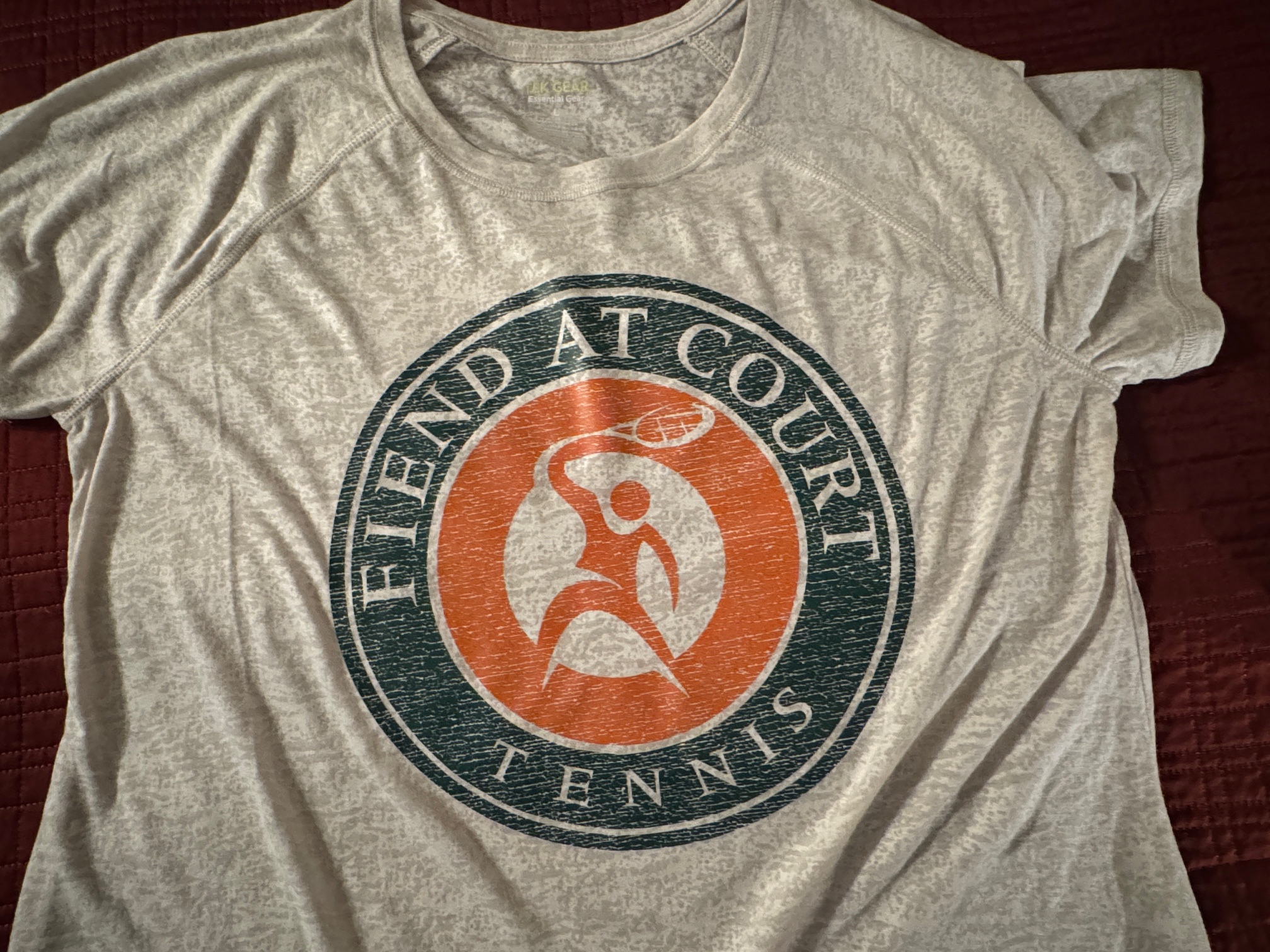I keep returning to the point that Anthony Tatu raised recently in the Facebook group of avid Texas Tennis Tournament Players. His assertion was that leagues now have so many formats and variations that players no longer have “free” time to participate in tournaments. It is a valid point. For adults who already play tennis, USTA leagues are the most significant consumer market competition of USTA tournaments.
For players in large metropolitan areas, there is essentially no end to the league season. In 2019, the members of the Fiend at Court household played on 19 league teams. To add to the insanity, we captained (or co-captained) a fair number of those teams. That’s a lot of weekends with league matches.
Almost every tennis tournament that we played came at the expense of being out of town for a league match. I have suffered through a fair amount of side-eye from captains throughout the years for my lack of league availability. I didn’t realize that it would get even worse when I started captaining teams myself. As it turns out, I am a real battle ax of a captain.
Additionally, in my major metropolitan area, there are non-USTA sanctioned leagues also in the mix. Currently my best mixed doubles playing opportunity is in a non-sanctioned open league. I also play on a non-USTA women’s team. It is not at all unusual for me to have three league matches in a weekend. I think my personal “best” for regular season league matches in a single weekend is five.
As I contemplate how my own league play has spun out of control, I have come to the realization that Anthony Tatu was right. There are simply too many leagues. To understand why there are so many leagues, it is once again useful to follow the money.
First of all, the majority of league fees go to the USTA CTA that organizes the league. The skin in the game for USTA National is the collection of membership fees which are required to participate in USTA league tennis. TennisLink and the USTA Section receive a cut of the fees as well. In a way, USTA league tennis is a little bit like a multi-tier direct marketing pyramid scheme.
One way for a CTA to build revenue is through the number of registrations in leagues. That is materially different from increasing the number of total tennis players. CTAs are generally chartered to promote tennis at the local level and I want to believe that most of them do a very effective job at that. At the same time, it is hard to ignore that they are incentivized to create more registrations but not necessarily more players.
The simple fact of the matter is that is relatively easy to recruit or inspire a person who is already engaged in league play to sign up for another league. It is pretty darn hard to recruit a person who is not engaged in tennis to join a league. There are a lot of barriers to entry in both directions. Unfortunately to build tennis, the CTAs should be focused on engaging new players in the sport.
In any case, this is why there seems to be an endless propagation of age tiers, and combo, and tri-level tennis leagues. In order to print more money, the CTAs simply have to create more leagues. Those leagues compete with tournaments for players.
This brings me back to one of my theories on why the USTA is splitting the NTRP age levels in tournaments up into three tiers. I believe that it may be based on a vague understanding that more league options leads to more participation in leagues. There is flaw in that logic when applied to tournaments.
The physics simply doesn’t work the same way for tournaments. Most tournaments limit the number of events that a player can participate in to two or three. In the absence of mixed doubles in 2021, I suspect that the event limits will gravitate to two. Creating more age tiers within a tournament will not conjure up new players. It will simply distribute the players into the age-separated divisions.
I am starting to wonder if we are headed for a future where the basic USTA tennis product is league play and all tournament play is under UTR. I suspect that it may have been the fundamental concern that prompted the USTA to devise the coming tournament initiatives for 2021. Unfortunately, my worry is that it actually might make things worse initially. I am really worried that there simply might not be enough time to ride it out if it does.



